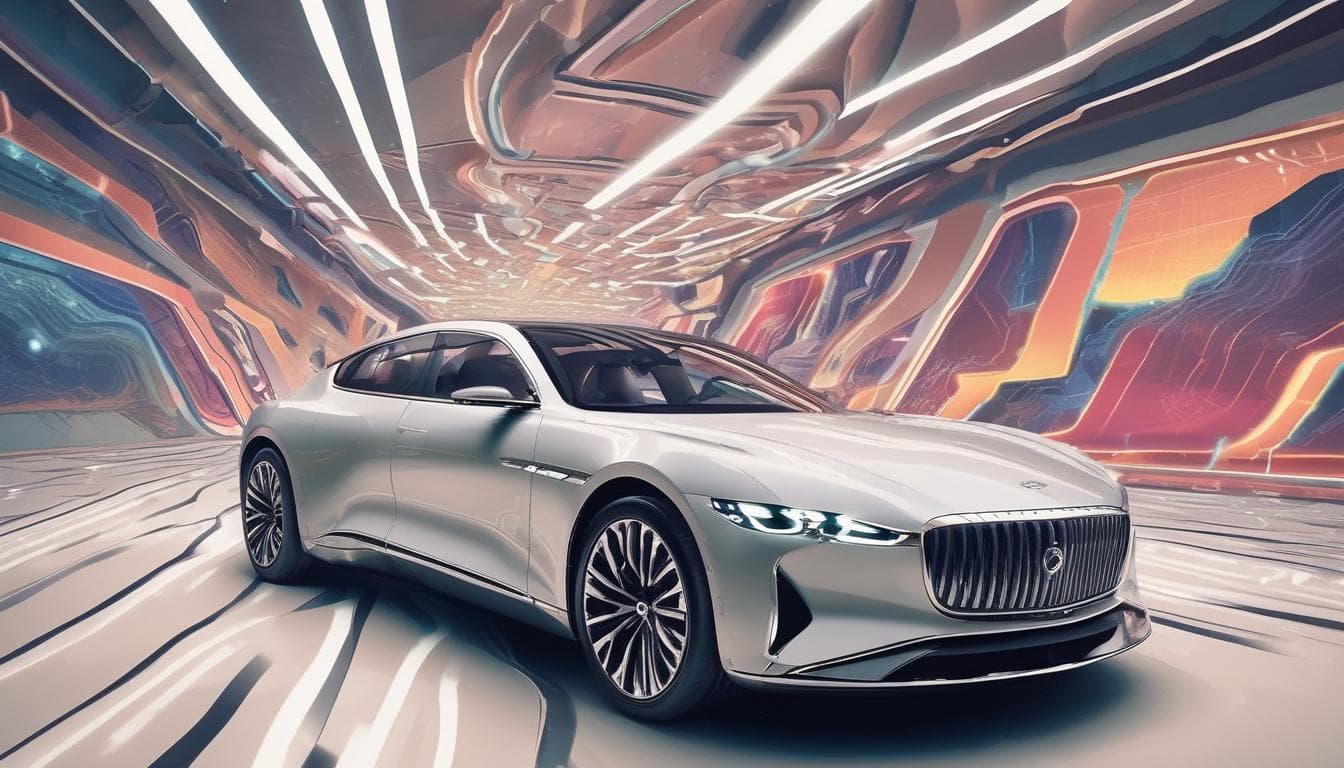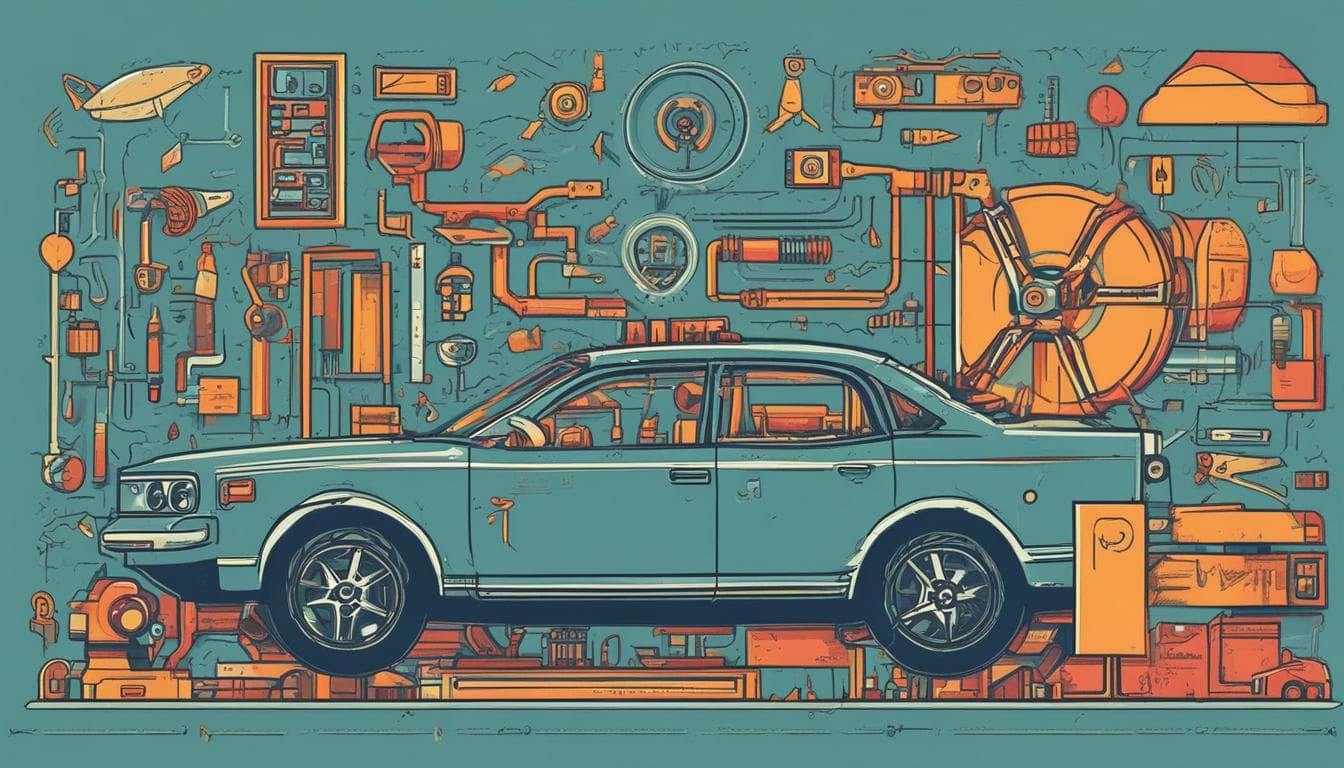The automotive industry is experiencing a dramatic transformation, moving beyond traditional ownership models towards a future driven by subscription services. This shift is not merely about accessing a vehicle; it's about redefining the entire concept of car ownership and usership, as explored in the rise of car subscriptions. This article explores the multifaceted world of automotive subscriptions, examining their impact on manufacturers, consumers, and the future of mobility.
The Rise of Automotive Subscriptions
The concept of subscribing to a car, rather than owning one outright, is rapidly gaining traction. This model offers flexibility, convenience, and a simplified ownership experience, appealing to a growing segment of consumers. Historically, car ownership represented freedom and status. However, the rising costs of vehicle ownership, including insurance, maintenance, and depreciation, coupled with the changing needs of urban populations, have created an opening for alternative models like subscriptions.
Types of Automotive Subscriptions
Automotive subscriptions can be broadly categorized into two main types:
-
Feature Subscriptions: These subscriptions unlock specific software-based features within a vehicle, such as advanced driver-assistance systems (ADAS), navigation services, or entertainment packages. This allows manufacturers to offer a wider range of functionalities, catering to individual driver preferences and needs. For example, a driver might subscribe to a heated seat feature only during the winter months, providing cost-effectiveness and personalized comfort. You can explore more about the future of car ownership, including software subscriptions.
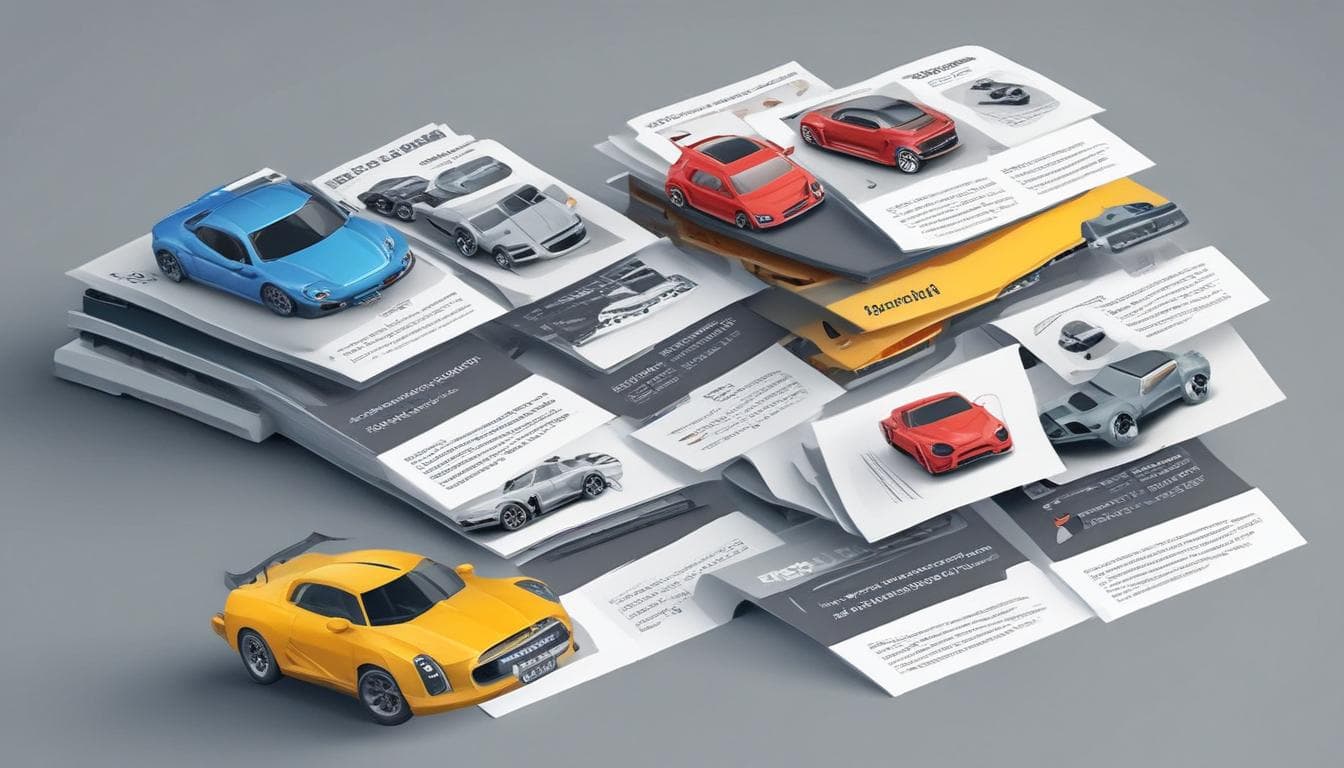
-
Vehicle Subscriptions: These subscriptions provide access to an entire vehicle for a fixed monthly fee, encompassing insurance, maintenance, and upgrades. This model offers a hassle-free experience, eliminating the complexities of traditional car ownership. Vehicle subscriptions cater to various needs, from short-term rentals to long-term usage, providing flexibility and convenience, and can even incorporate advanced concepts like predictive maintenance for enhanced reliability.
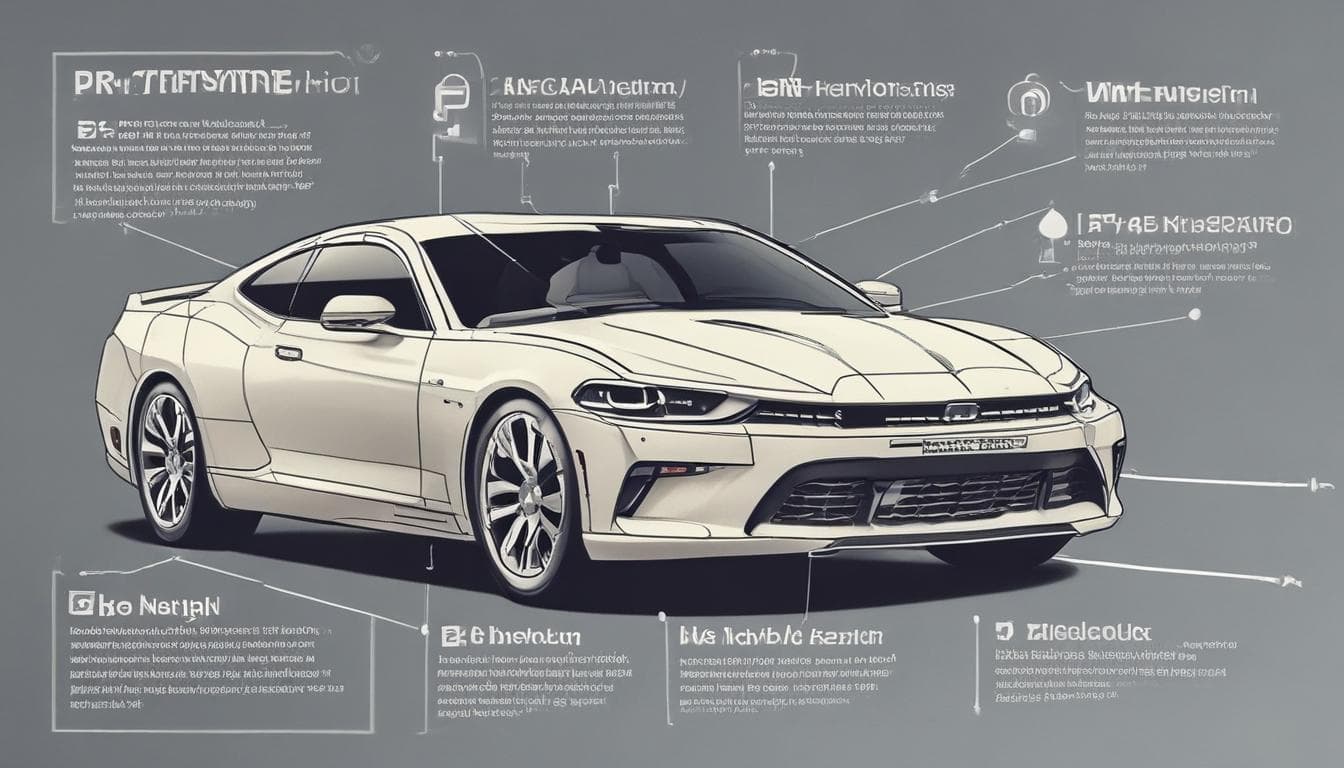
Impact on Manufacturers and Consumers
The rise of automotive subscriptions has significant implications for both automakers and consumers.
Manufacturers
- New Revenue Streams: Subscription models offer manufacturers recurring revenue streams, creating opportunities for long-term growth and profitability. This contrasts with the traditional model of one-time purchase revenue.
- Enhanced Customer Relationships: Subscriptions foster closer relationships with customers through continuous interaction and personalized services. This ongoing engagement allows for data collection and analysis, leading to better product development and customer satisfaction.
- Challenges in Production and Logistics: Adapting to a subscription model requires manufacturers to rethink their production and logistics strategies. They need to manage diverse subscription offerings, ensure timely delivery of services, and handle vehicle maintenance and upgrades efficiently.
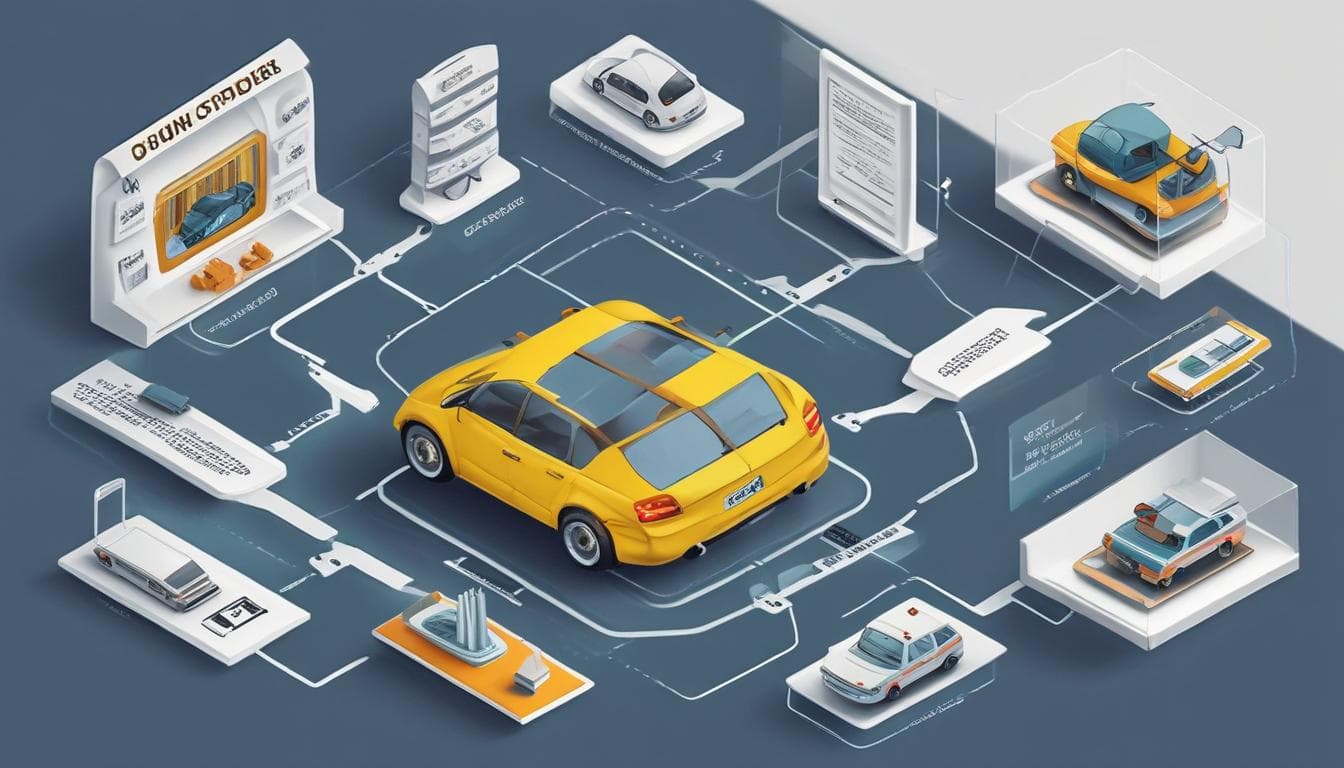
Consumers
- Flexibility and Convenience: Subscriptions provide flexibility in choosing vehicles and features based on individual needs and preferences. This on-demand access eliminates the long-term commitment of traditional ownership.
- Cost Predictability: Subscription fees often include insurance and maintenance, offering cost predictability and simplifying budgeting. This transparency allows consumers to manage their expenses effectively.
- Potential Lock-in and Costs: Consumers might face potential lock-in periods and unexpected costs associated with exceeding mileage limits or early termination. Understanding the terms and conditions of subscription agreements is crucial to avoid unforeseen expenses.
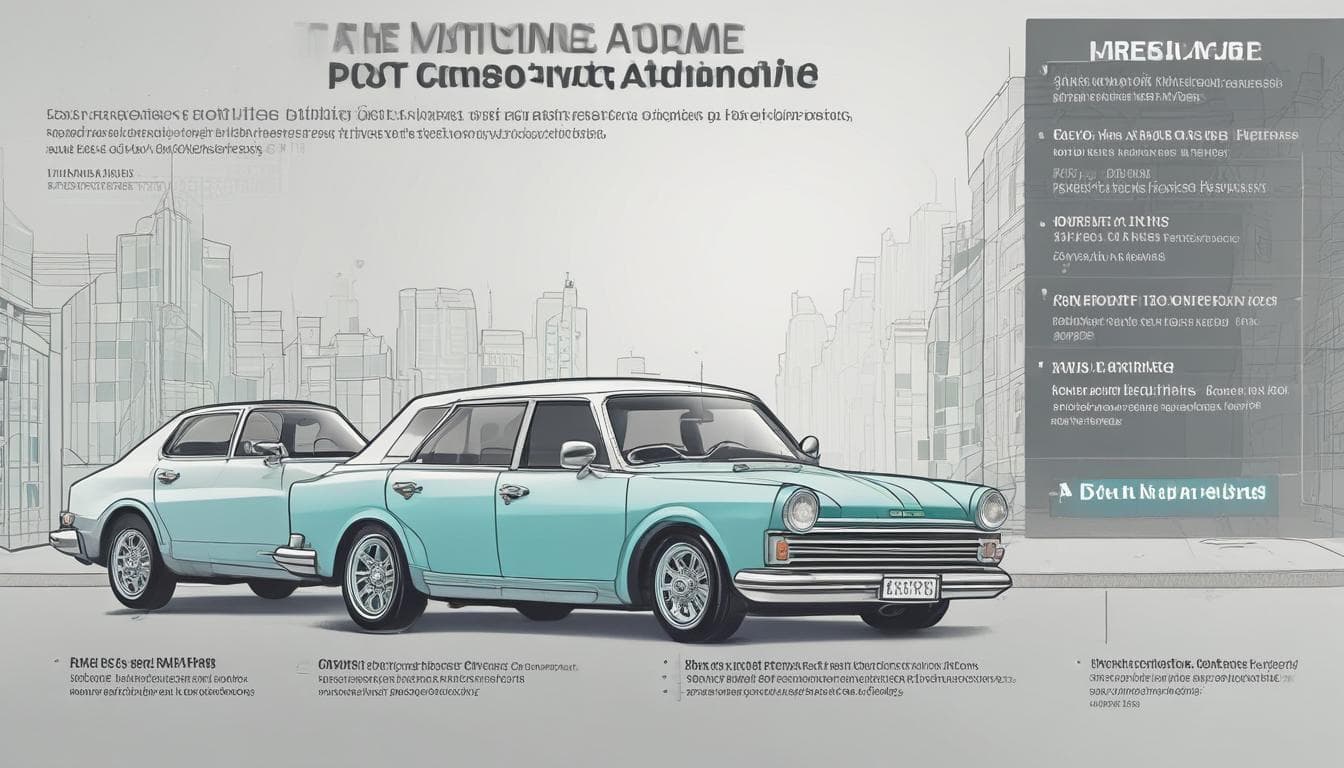
The Future of Automotive Subscriptions
The automotive subscription landscape is constantly evolving, driven by technological advancements and changing consumer behavior. The future of this model is likely to be shaped by several key trends:
Integration with Mobility-as-a-Service (MaaS): Automotive subscriptions are poised to become an integral part of MaaS ecosystems, offering seamless integration with various transportation options, including public transit, ride-sharing, and micro-mobility services. To understand the broader impact, read about the transformative impact of Mobility-as-a-Service (MaaS). This integrated approach will provide consumers with a holistic and personalized mobility experience. 
Personalization and Customization: Advanced data analytics and artificial intelligence will enable highly personalized subscription offerings, tailoring vehicle features and services to individual driver profiles. This level of customization will enhance the user experience and create stronger customer loyalty.
Autonomous Vehicles and Subscriptions: The advent of autonomous vehicles is expected to further accelerate the adoption of subscription models. Autonomous vehicles are ideally suited for subscription services, offering on-demand access to transportation without the need for individual ownership. 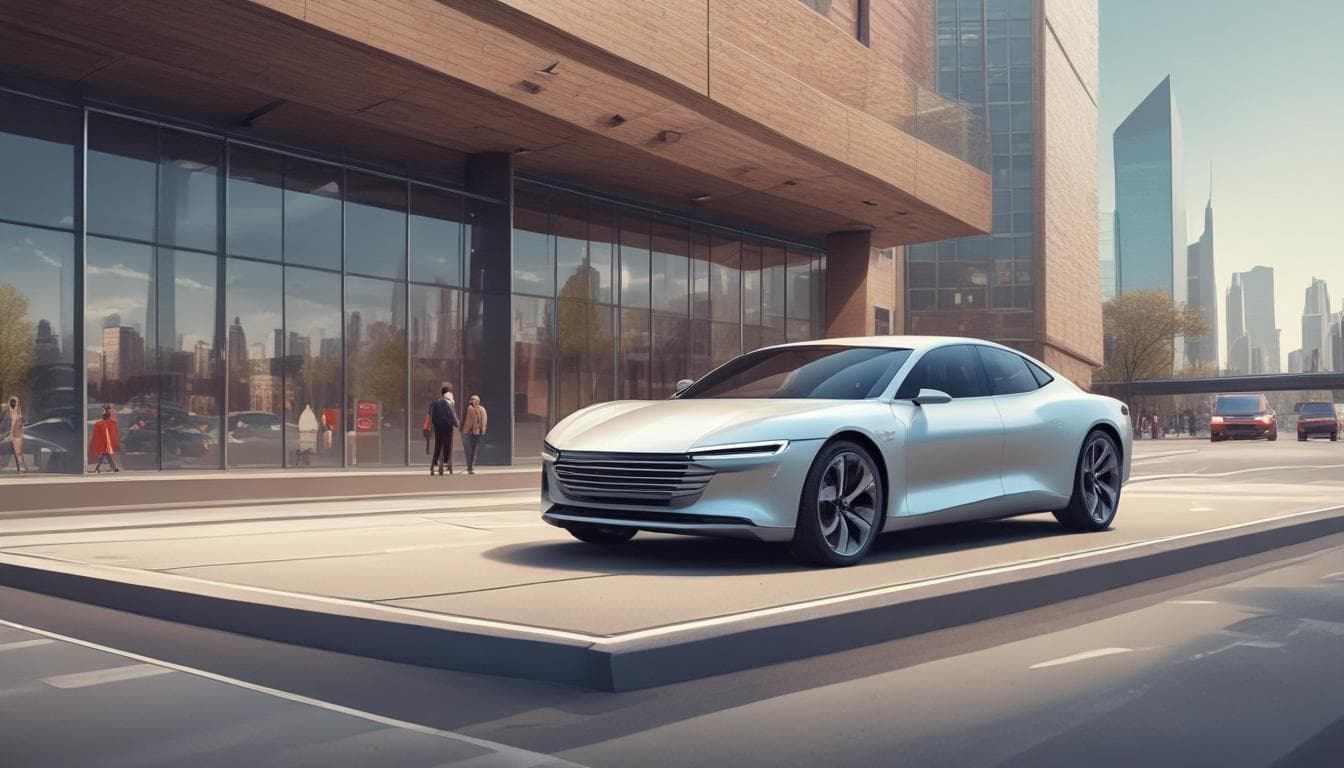
In conclusion, automotive subscriptions represent a significant shift in the automotive industry, offering a new paradigm for accessing and using vehicles. While challenges remain, the benefits of flexibility, convenience, and cost predictability are driving the growth of this model. As technology continues to advance and consumer preferences evolve, automotive subscriptions, similar to the rise of "Anything as a Service" (XaaS) in the automotive industry, are poised to play an increasingly prominent role in shaping the future of mobility. We encourage you to explore the various subscription options available and consider how this innovative model might fit your individual needs and lifestyle.

